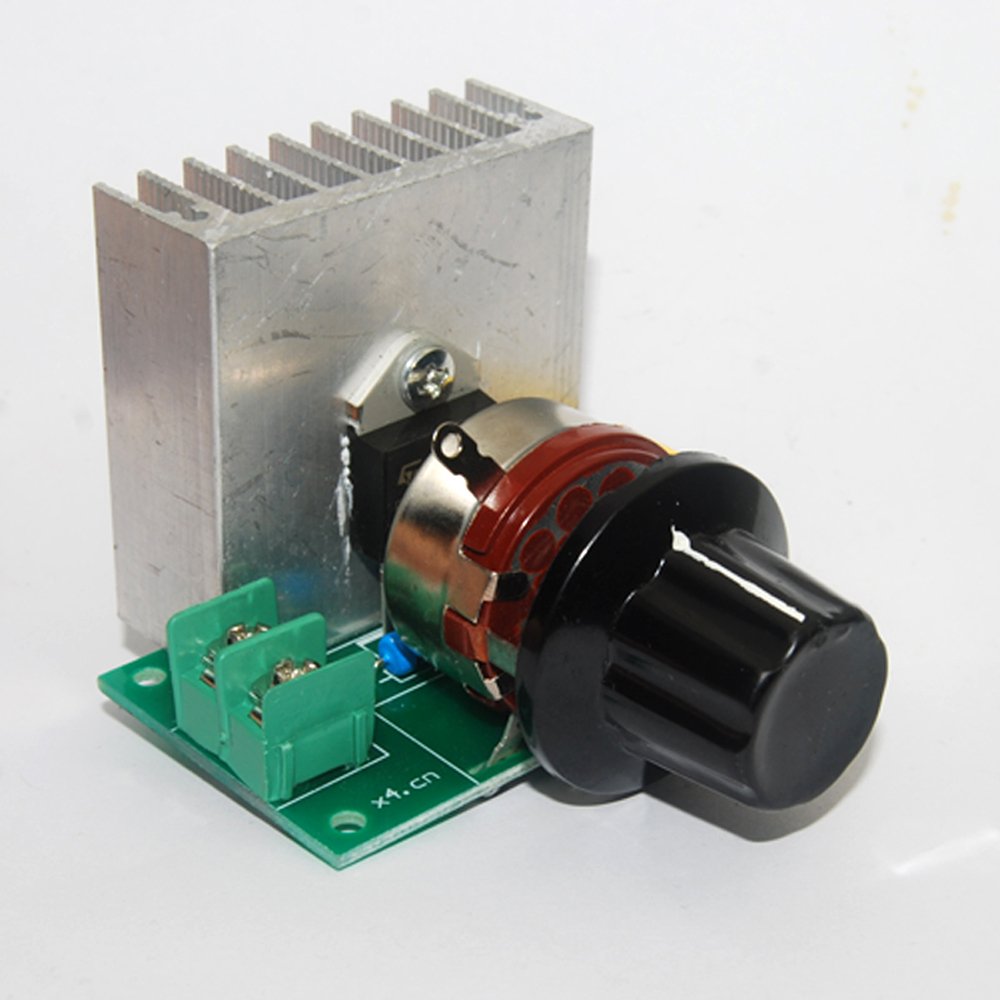5 to 6 gallon batches.
I got the electric brewery idea mainly from a British youtube video I saw, and also this:
http://hbd.org/brewery/library/ElectBrKS0396.html He says he was getting boilovers at 2250 watts.
Current plan is that 3800W controller and a single 2500W low-watt-density heating element in a 7 or 8 gallon HDPE bucket to use as my boiling kettle.
Someday I'd like to be able to brew 15 gallons at a time,
Ok, kinda funny actually, your link for the 5 gallon plastic brewery was one of very few references around 15 years ago when I struggled to put together an e-brewery.
From my experience I would advise the following if this is the route you want to take....
With only 2000 - 2500 watts for five gallon batches, the need for a controller to turn the power down is a result of trying to use too small a kettle IMO! A 7 gallon kettle for 5 gallon batches is too small!!!
I would highly advise trying to find an HDPE container like this....my LHBS gives them away, they are available but you need to look around. I have also seen them on craigslist for not much money?
http://www.usplastic.com/catalog/item.aspx?itemid=23849
and cut it down to 10-12 gallons for brewing 5 gallon batches, or larger as needed.
I would then install a 2000w element (or build a heatstick) on a 20 amp GFI (high - low - or ultra low density as you desire, because they all will work IME)or even better a 2500w and do a test boil of 7 gallons and see how it works.
It may even be possible to do ten gallon batches in the container linked above w/ 2000 - 2500w, slow but possible.
Building a controller is a wonderful idea, it just doesn't make sense to build a controller for an underpowered kettle? IME 2500w should be just about the sweet spot for five gallon batches, and with a large enough kettle you will likely never need to turn it down, but rather wish to turn it up...like to 11, wasn't that a line in a movie?
I have had a hunch, and have wanted to try and build a budget 10 gallon brewery for kicks and curiosity, (as I already have 6-8 large brew kettles) with one of the 15 gallon HDPE drums powered by a 2000w, $10 HD element commonly available powered on a 20 amp 110v GFI circuit. I would remove the top for a 15 gallon vessel, heat strike water and turn off element, add BIAB bag and grain bill, insulate with a blanket for the mash rest. Remove grain bag and boil.



